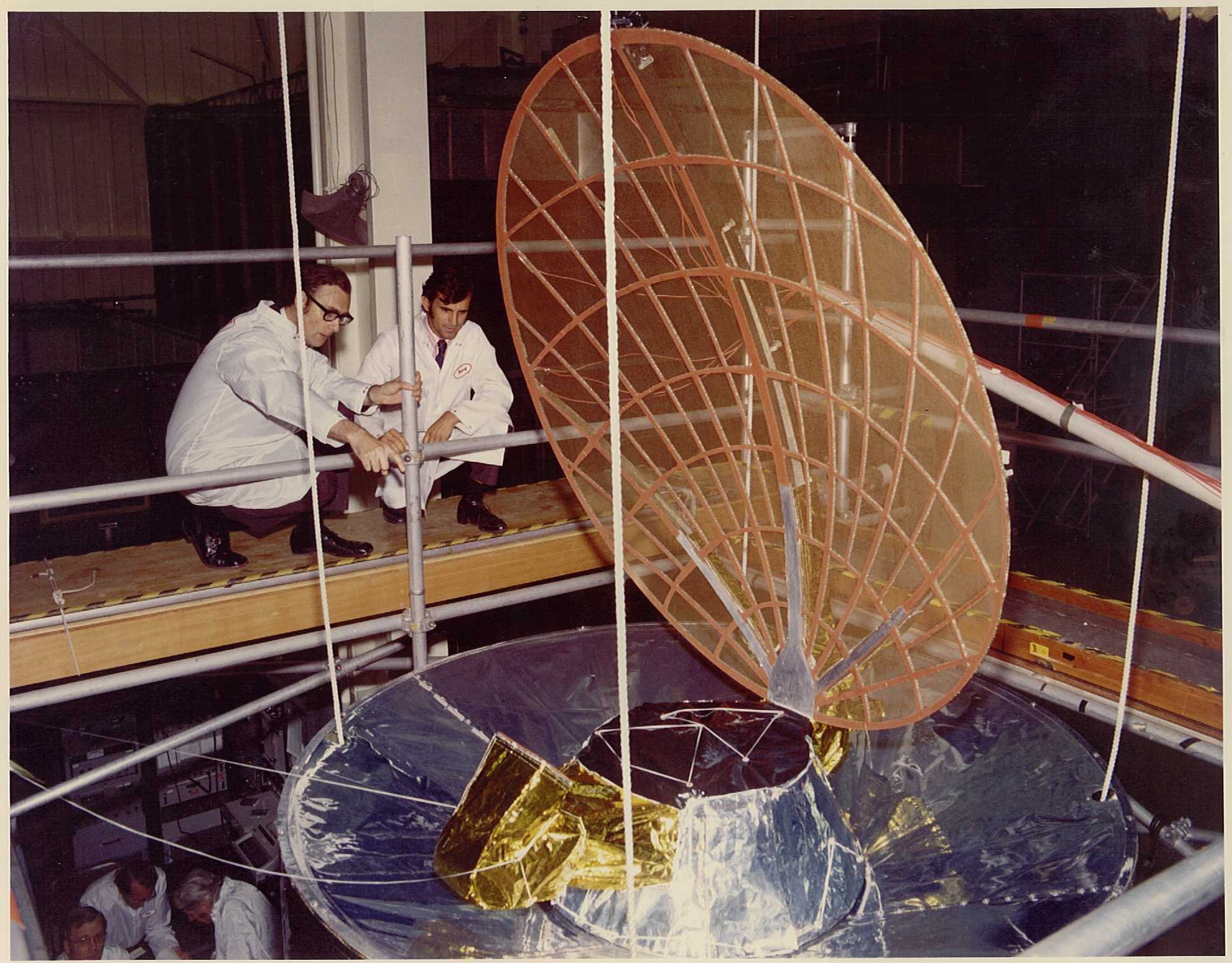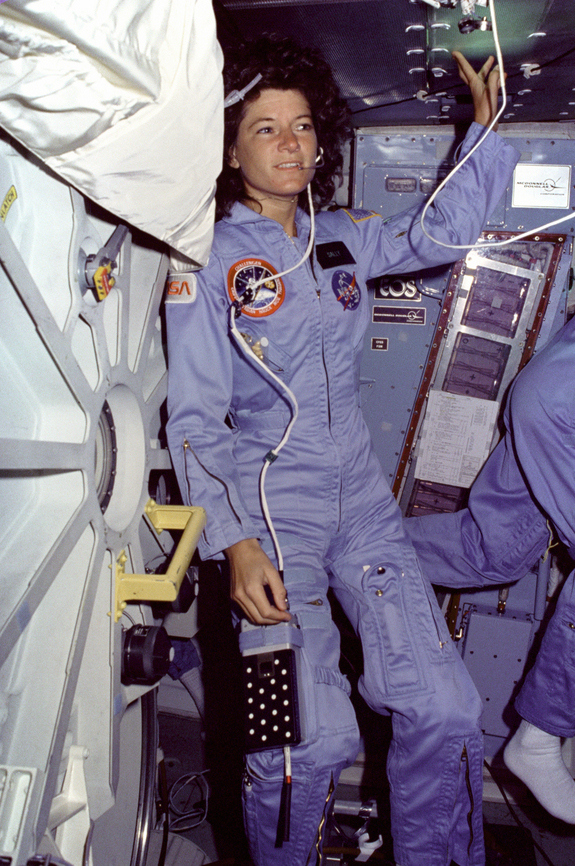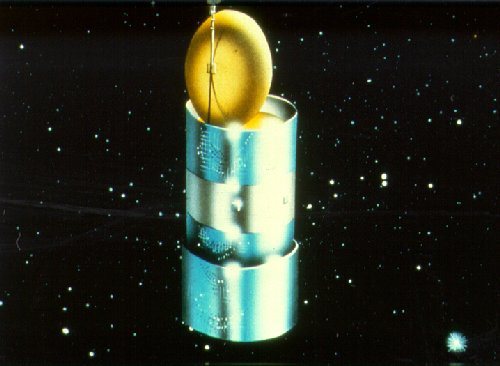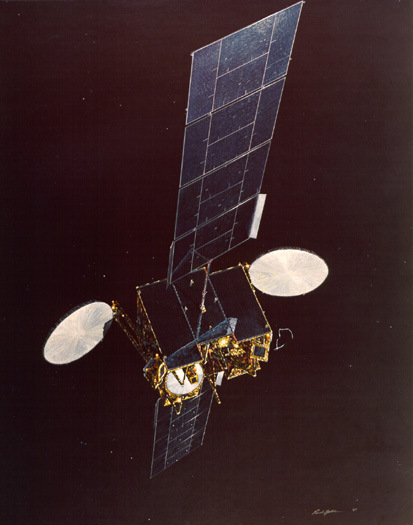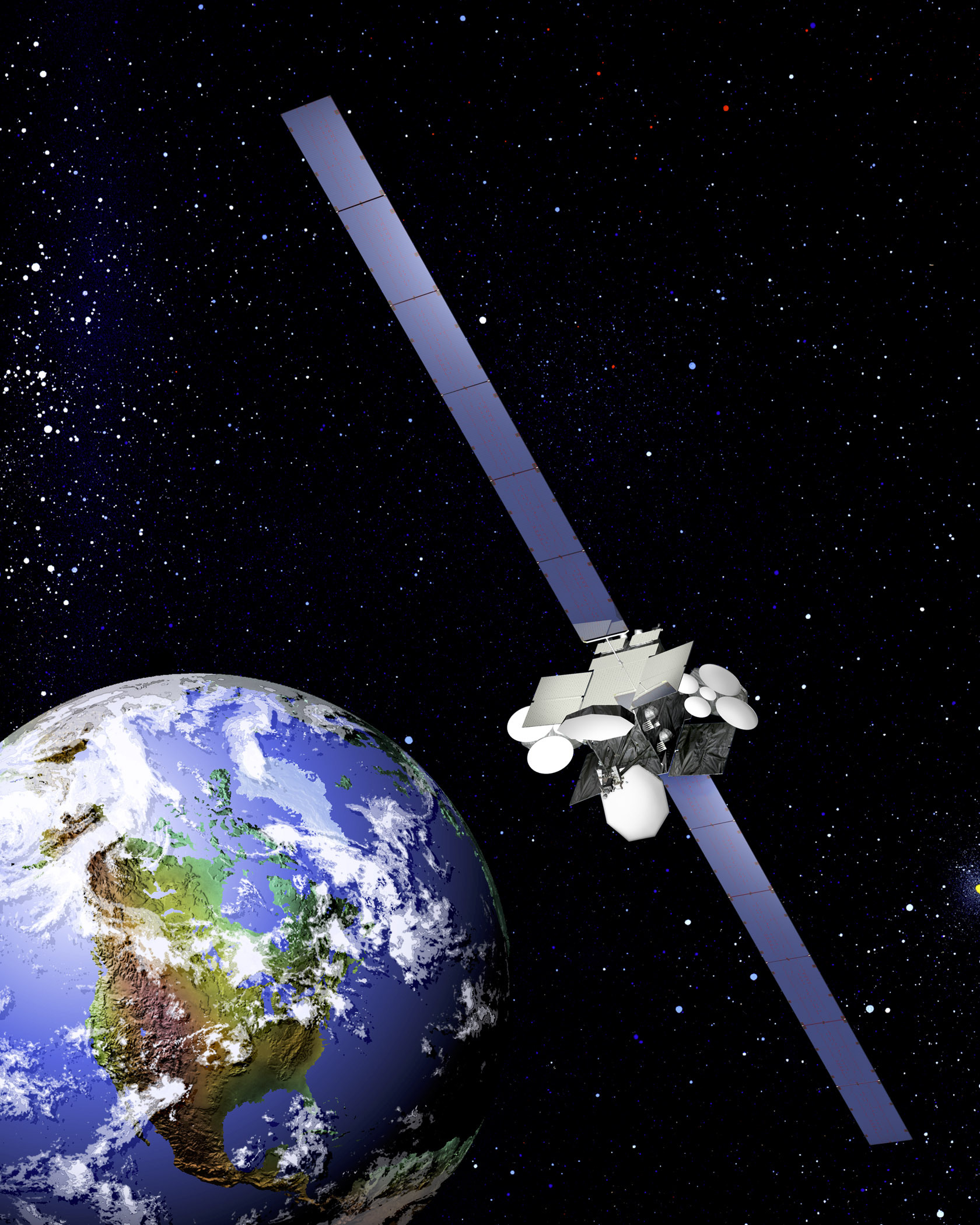You may have heard the phrase “Sun transit” before regarding a twice-yearly natural phenomenon that may cause temporary signal loss. But, what exactly is Sun transit?
Sun transit is also known as a “sun outage,” or “sun fade.” During the Spring and Autumn each year, the Sun lines up with all satellites in orbit, which can cause interference with services down here. This happens due to a massive amount of thermally generated radio frequency noise from the Sun. The interference can range from a bit of snow on your screen to a complete loss of services. Some people might not even notice any issue.
Sun transit impacts every satellite in orbit, so all satellite service providers and even cable providers may experience issues while this is happening. Because we currently have two satellites, the estimated interference times are different for each satellite, so you might lose signal on an English standard definition channel at a different time than on a high definition or French channel.
Here are the estimated times for possible Sun transit interference on both satellites across the country (all times are approximate and local):
Anik F1-R (English standard definition channels)
| Location | Start | End | Duration |
| Vancouver, BC | 11:42 AM | 11:56 AM | Oct 7 – 14 |
| Whitehorse, YK | 11:40 AM | 11:54 AM | Oct 9 – 15 |
| Calgary, AB | 12:46 PM | 1:00 PM | Oct 8 – 15 |
| Saskatoon, SK | 12:49 PM | 1:03 PM | Oct 8 – 15 |
| Yellowknife, NT | 12:46 PM | 1:00 PM | Oct 10 – 17 |
| Winnipeg, MB | 1:53 PM | 2:07 PM | Oct 7 – 15 |
| Resolute Bay, NU | 1:50 PM | 2:04 PM | Oct 11 – 18 |
| Toronto, ON | 3:02 PM | 3:16 PM | Oct 5 – 13 |
| Montreal, PQ | 3:04 PM | 3:18 PM | Oct 6 – 13 |
| Fredericton, NB | 4:06 PM | 4:20 PM | Oct 6 – 13 |
| Halifax, NS | 4:08 PM | 4:21 PM | Oct 5 – 13 |
| Charlottetown, PEI | 4:07 PM | 4:21 PM | Oct 6 – 13 |
| St. John’s, NL | 4:39 PM | 4:53 PM | Oct 6 – 13 |
Anik F2 (All HD, French standard definition channels, Galaxie, radio stations, and Pay Per View)
| Location | Start | End | Duration |
| Vancouver, BC | 11:59 AM | 12:13 PM | Oct 7 – 15 |
| Whitehorse, YK | 11:56 AM | 12:10 PM | Oct 9 – 17 |
| Calgary, AB | 1:03 PM | 1:17 PM | Oct 8 – 15 |
| Saskatoon, SK | 1:07 PM | 1:17 PM | Oct 8 – 15 |
| Yellowknife, NT | 1:03 PM | 1:16 PM | Oct 10 – 17 |
| Winnipeg, MB | 2:10 PM | 2:24 PM | Oct 7 – 15 |
| Resolute Bay, NU | 2:06 PM | 2:20 PM | Oct 11 – 18 |
| Toronto, ON | 3:19 PM | 3:33 PM | Oct 5 – 13 |
| Montreal, PQ | 3:20 PM | 3:34 PM | Oct 6 – 13 |
| Fredericton, NB | 4:23 PM | 4:37 PM | Oct 6 – 13 |
| Halifax, NS | 4:24 PM | 4:38 PM | Oct 5 – 13 |
| Charlottetown, PEI | 4:24 PM | 4:37 PM | Oct 6 – 13 |
| St. John’s, NL | 4:55 PM | 5:09 PM | Oct 6 – 13 |
At this point, information for Anik G1 is not yet available as this is the first Sun transit the satellite has experienced. If you are missing any of the newest channels that we’ve added during the month of October, and the outage lasts for only a few minutes, chances are that it was Sun transit. If the outage lasts more than 20 minutes, there could be an issue with your system, and we recommend contacting us.
If you want estimated times more specific to where you live, Telesat offers a sun transit calculator on their website. Just make sure you’ve selected Anik F1R and Anik F2 for your satellites, “Ku” for your frequency band, and 1 metre for the antenna diameter so you get the most accurate results. It’s not exact as our satellite dishes are smaller than a metre in diameter, but it will give you a pretty good idea of when to expect interference.
So, what are some things that could help you during Sun transit?
- If you are experiencing any loss of signal, wait until the estimated time for interference is over before trying any resets or calling in for troubleshooting.
- Wait until after the estimated interference time for your area is over prior to activating any new receivers, or adjusting your dish.
- If you are a fan of Pay Per View movies, it might be a good idea to order something that isn’t during the estimated interference time so that you don’t miss part of your show.
If your service interruption continues after the estimated time (give or take about 10 minutes), please contact us for assistance. On that note, if you have any questions regarding Sun transit, or anything else, feel free to leave us a comment!
*rg

